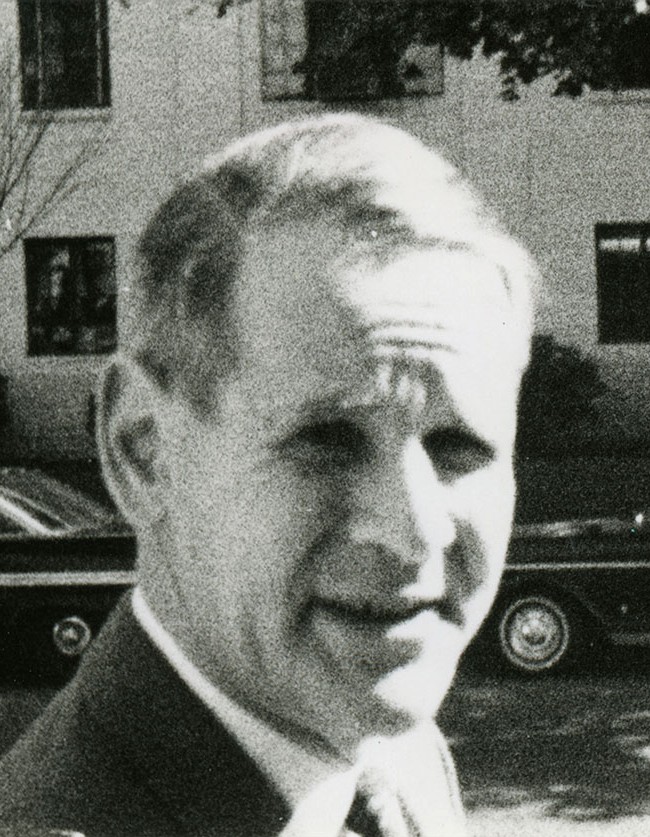-
(b.) -1915 February 19(d.)1977 July 20
Bio/Description
Regarded as a renowned mathematician, during his lifetime he significantly contributed to research in mathematics and came to be very well respected. One of the universities at which he taught was George Washington University (GW), in Washington DC. Born in Z?rich, Switzerland, his father, Hermann Weyl, held the chair of mathematics at Eidgen?ssische Technische Hochschule (ETH) from 1913 to 1930. He received his B.A degree from Swarthmore College, in Pennsylvania, in 1935. He then went on to obtain a Master's degree in 1937 from Princeton University, in New Jersey. Finally he was awarded a Ph.D., also by Princeton University in 1939 for his work in the field of Mathematics. His Ph.D. dissertation at Princeton was entitled, ?Analytic Curves? and is twenty-five pages in length. Salomon Bochner served as his dissertation advisor and oversaw his research in the area while he was studying at Princeton. He taught at a number of different universities during his lifetime including a stay at the University of Illinois, the University of Maryland, College Park, Indiana University, and George Washington University. In addition to teaching, he was employed as a research analyst by the U.S. government for a period of time. After his stay there he went on to serve as the Dean of Science and Mathematics at Hunter College in New York City. He joined the department of Mathematics at George Washington University (GW) around 1946. The President of the University at the time was Cloyd Heck Marvin. During this time period, GW is described as having been particularly vibrant in student life. As of 1945, the university offered 387 courses to almost 13,000 wartime students. These programs were primarily conducted under a contract between GW and the U.S Office of Education for Engineering, Science and Management War Training. The establishment of this program was seen as necessary and was inherently due to the U.S.? heavy involvement in World War II at the time. Many American (and global) universities were affected by the war. GW was no exception but given GW?s strategic location in metropolitan D.C., it would be appropriate to conclude that more emphasis was paid to developing programs here than in less vital locations in other parts of the country. The math department at GW has a long history and tradition. In 1935 the department of statistics was the first of its kind in a college of arts and sciences in the U.S. In 1946, during his time there, a Theoretical Physics Conference, which he attended, was held at GW. It was a joint effort by the university and the Carnegie Institution of Washington. At the conference theoretical physicists met with biologists to conduct a study of living processes. The conference served as the postwar resumption of a conference series held annually which began in 1934. Sources state that these meetings were not standard academic gatherings, in the sense that a small number of active researchers gathered for a discussion of problems, and to pose questions to spark continued work and activity in the immediate years to come. During his time at GW, he and Dr. Taylor, a mathematics professor at GW from 1929 to 1958, worked together in the Math department. During 1946 the department is noted as having taught advanced analytics, geometry, and tensor analysis. Sometime shortly after 1946 however, the department developed thirty-four additional courses in everything from collegiate algebra to analytic geometry and plane trigonometry. Today the university awards a "grand math prize" in Taylor?s honor. The year of 1946 was particularly renowned in the GW Mathematics department for having so many famous mathematicians there at once. Both he and his father, Hermann published much work on mathematical research. They published a book together called, ?Meromorphic Functions and Analytic Curves?. This work is believed to be based on notes from a course given in the Institute for advanced study during the first term of 1942?1943. While he was working for the U.S. government, Office of Naval Research (ONR), he compiled what is known as, ?Research in the service of national purpose; proceedings of the Office of Naval Research Vicennial Convocation? in 1966. This work is available at the National Museum of American History located at the Smithsonian. Also many researchers have cited his work when conducting their own. For example his work is cited as a reference in the publication, ?The Philosophical Review?. He served as the 1960-1961 President of the Society for Industrial and Applied Mathematics (SIAM). When he died in 1977 the mathematics community considered the loss to be devastating. Shortly thereafter the Board of Trustees for the Society for Industrial and Applied Mathematics (SIAM) issued a memoriam. In part it read: ??in warm recognition of his enduring vision for both the beauties and the practicalities of applied mathematics?the members and officers of SIAM and SIMS offer their heartfelt tribute?. At the time of his death, he was Dean of Science and Mathematics at Hunter College in New York City. In 1989, he was posthumously awarded the IEEE Computer Society, Computer Pioneer Award ?For the ONR Computer R&D development beginning in 1946?.
-
Date of Birth:
1915 February 19 -
Date of Death:
1977 July 20 -
Noted For:
Developer of the U.S. government, Office of Naval Research (ONR) Computer in 1946 -
Category of Achievement:
-
More Info:


